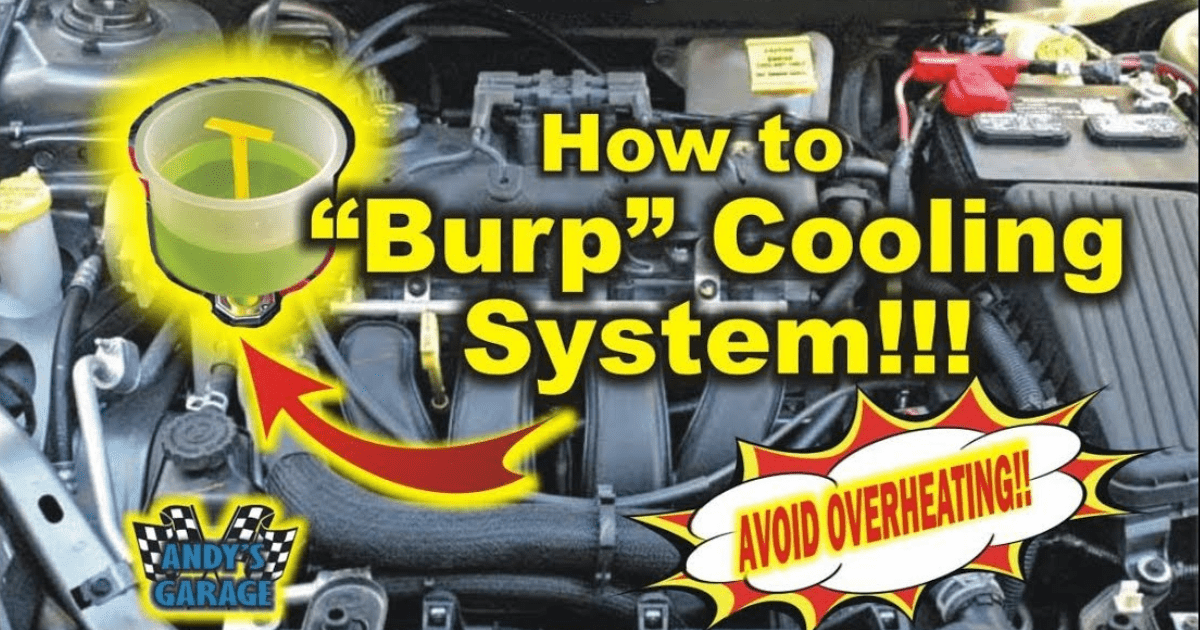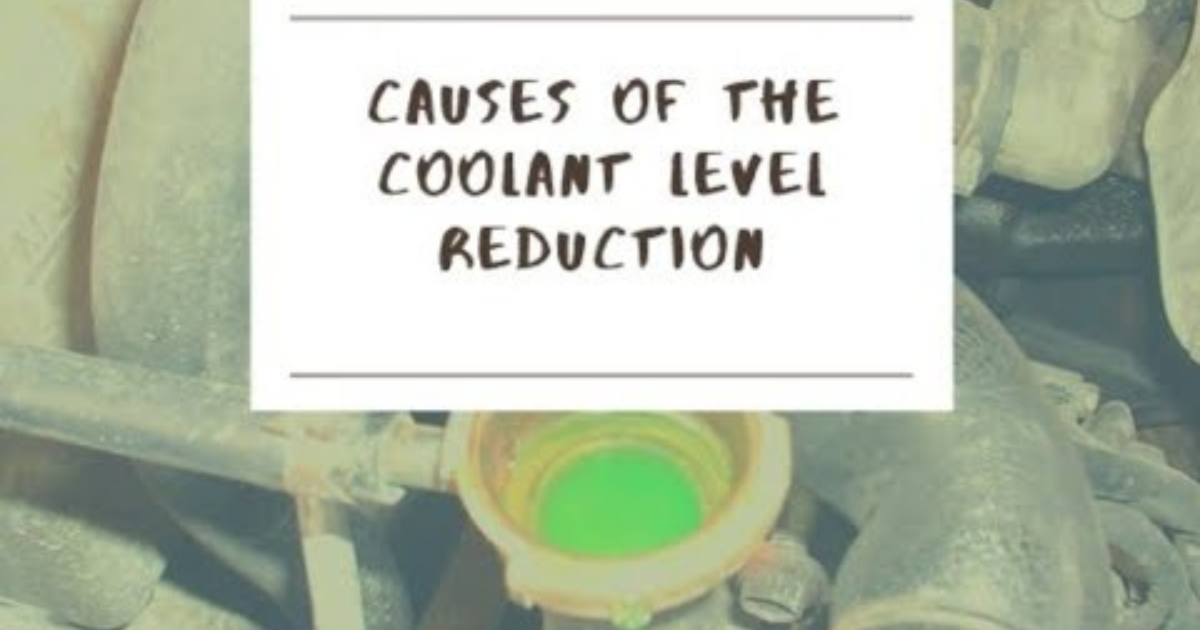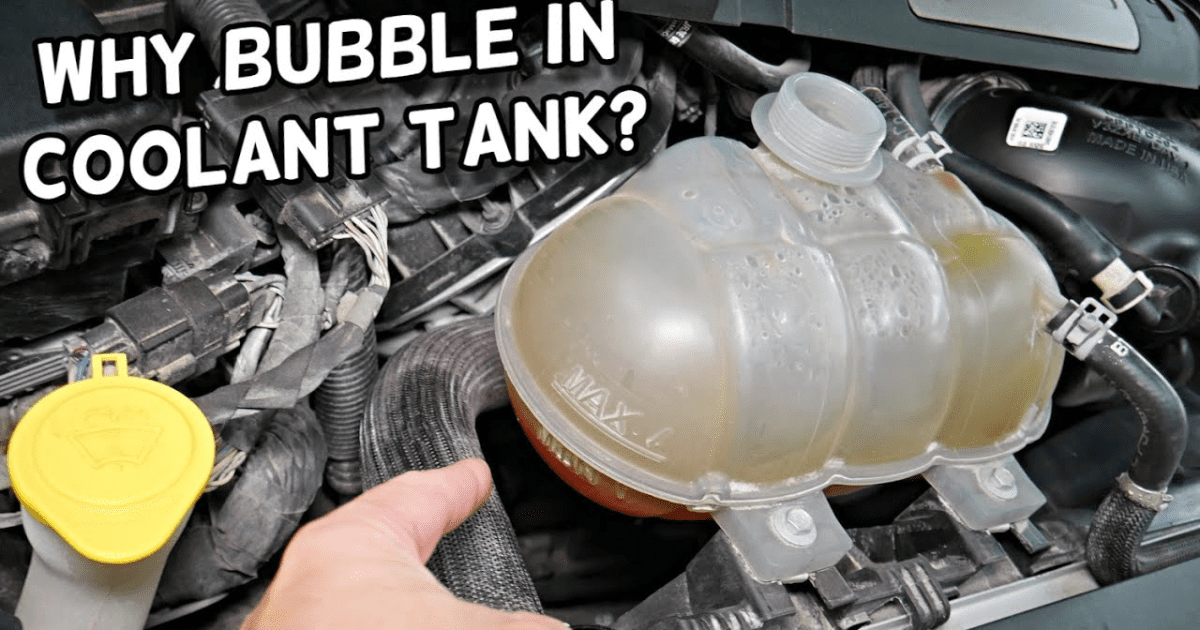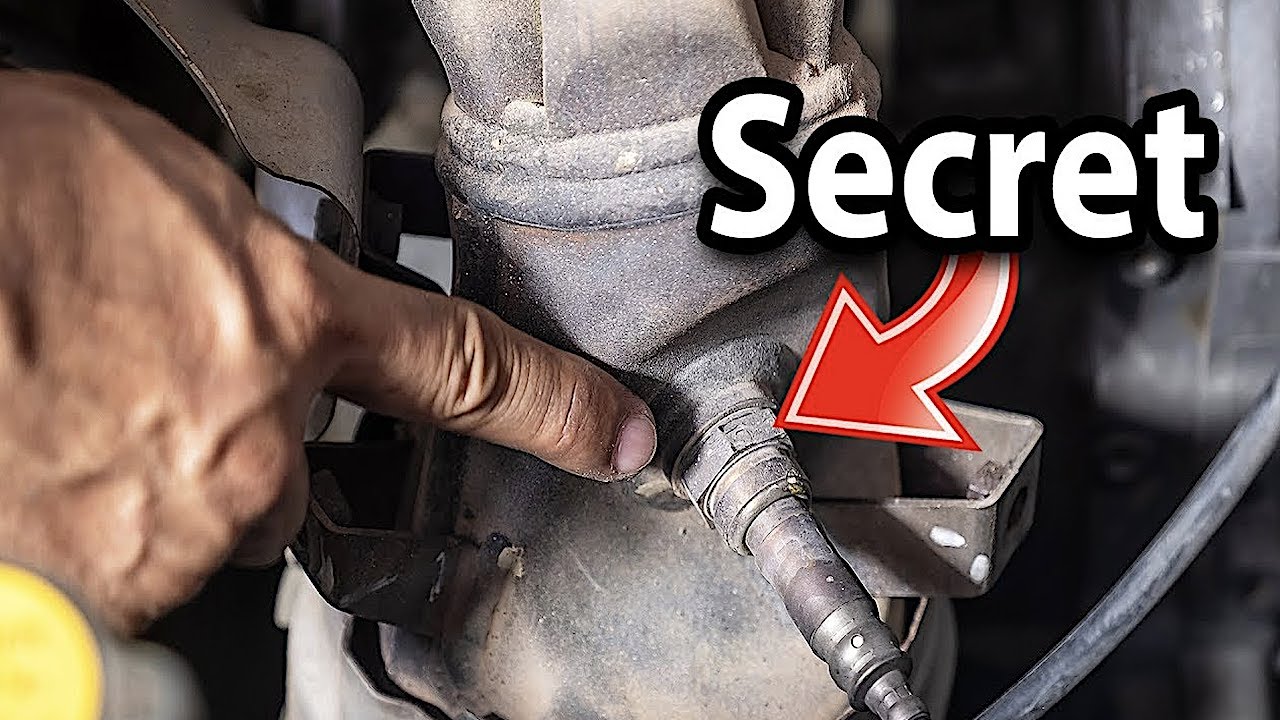Even if all other parts of your vehicle’s cooling system are functioning properly, it can still not be working properly. The engine can still not get cool enough from your cooling system, no matter how much coolant is in the radiator—much to your dismay. But why may this be happening?
Step By Step Process On How To Burp Coolant System
Find out how the air conditioning works before you pay your neighbourhood repairman hundreds to fix it. Is the average operating temperature maintained? Does it fail to reach the typical working temperature or does it overheat? How to use a funnel to burp the radiator is the topic we will examine now.
Items needed
- 50/50 Antifreeze
- Clean rag or towel
- Spill-free funnel
- Time and patience.
Step 1: Park your car

It is important to park your vehicle on flat, sturdy pavement. Keep the overflow tank and radiator at the correct levels. It is recommended that the coolant level be on the COLD mark while the engine is cold. Make sure the coolant level is at the HOT level if the engine is hot.
Step 2: Insert the spill-free funnel
In order to prevent any spills, take off the radiator cover and insert the angled end of the funnel. After that, set the funnel’s main component on top of it. Make sure there is no leak and that you patch the connections correctly. To find out how to attach it, look at the funnel kit.
Step 3: Fill the coolant on the reservoir
Once the funnel is more than halfway full, pour in the coolant. You should do this so that coolant does not spill out when you start the car. Let the vehicle warm up by starting it. As soon as the engine reaches its typical working temperature, the thermostat is set to open and close, causing the coolant level to rise and fall. By rising and falling, the coolant releases the trapped air.
Start by opening the car door and adjusting the temperature to hot or heat. Make that the fan and heat settings are turned off. Start up the car.
Step 4: Start the engine
Start the engine and let the car go. Be patient and give it some time. Just let the engine run at its typical operating temperature for the thermostat to let coolant flow in and cool it down. Air bubbles will emerge from the radiator as the coolant on the funnel drops as the thermostat opens. The air that was trapped is being released from the system.
Allow it to finish its journey. Keep in mind that in order for the system to work, the engine needs to cool down multiple times.
Just let it run for half an hour to an hour. If you see air bubbles escaping, make sure there is enough coolant in the overflow tank. If the coolant level is low or nonexistent, add more coolant until it reaches the HOT threshold. (The engine is now operating at a high temperature, thus the COLD setting is inappropriate).
When the system is free of trapped air, the air bubbles will cease.
Step 5: Finish
Following the directions on the funnel kit, remove the spill-free funnel and transfer the coolant to a receptacle for recycling.
Make sure the radiator cap is snug and wipe up any coolant spillage. Put the car through its paces. The cooling system’s ability to cool the engine should be noticeably different. Make that the thermostat is in good working order and replace it if needed if the temperature gauge needle remains pointing north.
Conclusion
Using an airlock, a perfectly working system might give the impression that it isn’t working at all. If you don’t check the cooling system lines for air pockets, they might build up and lead to engine overheating. Therefore, knowing how to burp a coolant system is crucial.
If you forget to burp your cooling system when it’s needed, you might be wondering what occurs. Overheating the engine is a surefire way to ruin it. Everything you needed to know about burping a radiator is right here in this post.




